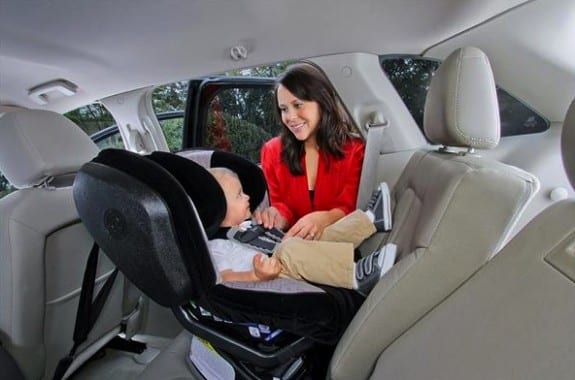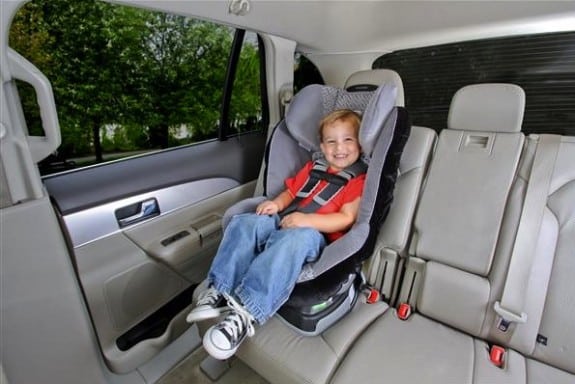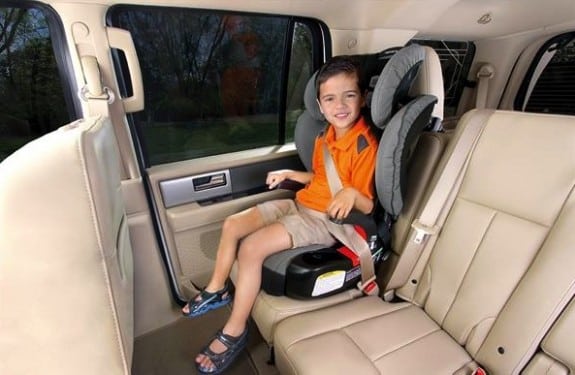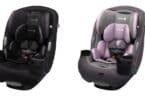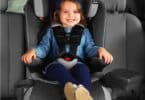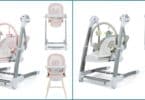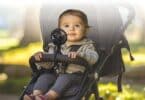There is some positive news on the car seat safety front. The U. S. Centers for Disease Control and Prevention is reporting a reduction in U.S. child car deaths over a ten-year period.
The study focused on car crashes that involved children aged 12 years and younger as passengers. The data was collected by the National Highway Traffic Safety Administration and analyzed by CDC researchers. Between 2002 and 2011 death rates have fallen from 2.2 deaths to 1.2 deaths per 100,000. That is a significant decrease by 43 percent over the previous decade.
This could be in part to increased technology. Side Impact Protection, advanced cushion systems to protect your child’s head, steel-reinforced metal frames and easy-to-adjust harness systems are just a couple of the ways manufacturers have stepped up to ensure that your little one is covered from all angles in the event of an accident. Plus, most seats on the market now have a minimum 5-point, 60lb weight limit, which ensures that your child will be able to be in the seat for longer.
In a telephone news conference, CDC Director Thomas Frieden had this to say:
“The good news is motor vehicle deaths decreased by 43 percent over the past decade for children age 12 and younger. The tragic news is still with that decrease; more than 9,000 kids were killed on the road in this period.”
Sadly, one in three of those deaths could have been saved. In the weekly Morbidity and Mortality report, the CDC reported that one in three children who died in car crashes were not wearing seat belts. Despite seat belt uses increasing from 88 percent to 91 percent, the study indicates that older children are less likely to be wearing seat belts than younger children.
More of the older children (45% of 8-12-year-olds) were not buckled up compared with younger children (one-third of 1-7 year olds; one-fourth of infants under 1) in 2011.
People have offered up many excuses for their children and themselves not wearing seatbelts. One of the most common is that the seatbelts are uncomfortable. If used from birth, children feel more comfortable with a seatbelt than without. The following simple guidelines for safety seat usage should ensure that there is no discomfort being offered by the seatbelt.
Guidelines for Children Safety Seats:
- Birth to Age 2 – Rear-facing car seat
- Age 2 until 8, or upon reaching weight or height limits – Forward facing car seat using 5-point harness or seat belt positioner.
- Children 8 and up should use a booster seat until the adult seat belt lays across the upper thighs and the shoulder belt stays across the chest and not neck.
In addition, children under the age of 12 must ride in the back seat. Never place a rear-facing car seat in front of an active air bag.
If you have any questions about the safety of your child while in their seat, The National Highway Traffic Safety Administration has a search engine to help you find the closest car seat inspection location.
The most important thing to remember is that you are your children’s role model. If you buckle up, so will they.

